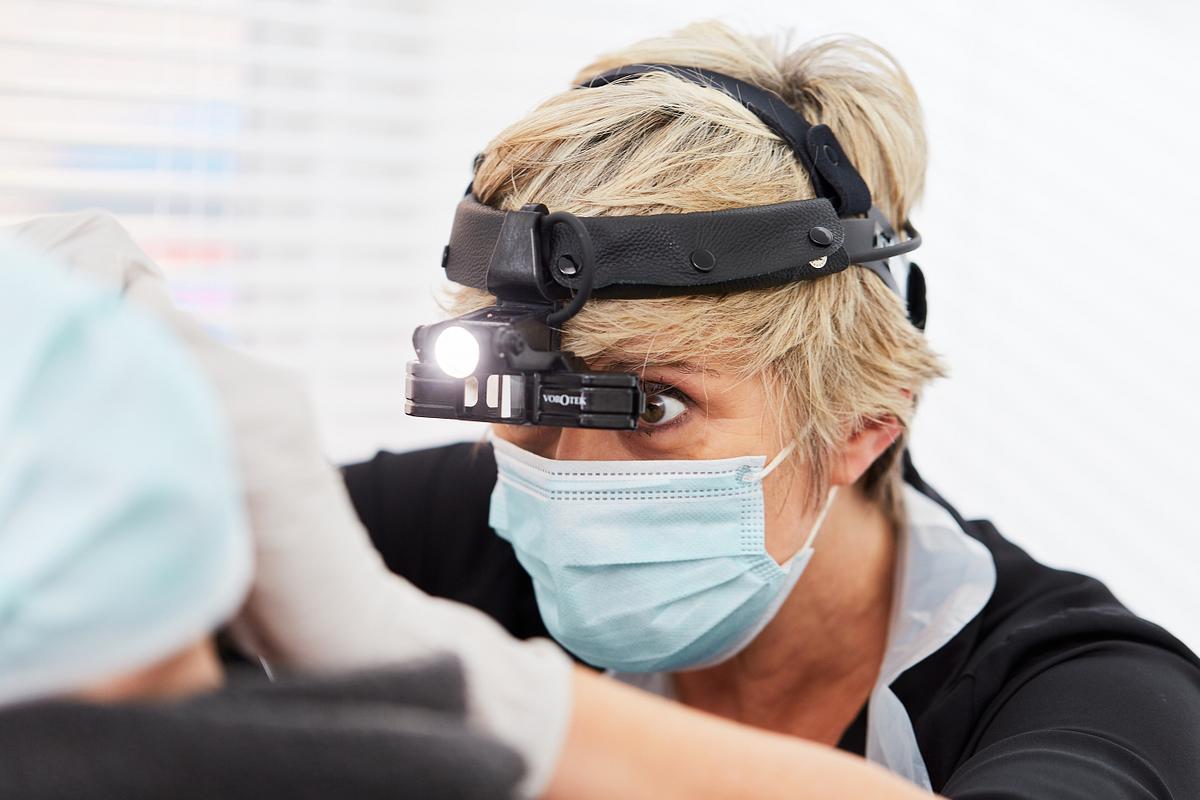MANCHESTER RESEARCHERS REPORT ON CRUCIAL EAR WAX REMOVAL SERVICES

A new study by University of Manchester audiologists has highlighted the difficulties people face with impacted ear wax.
The findings are published in the British Journal of General Practice as more and more people face the prospect of ear wax removal services being discontinued at their GP surgeries.
However, despite the withdrawal services, impacted ear wax is still a major reason for GP consultations; more than 2 million people in the UK needing ear wax requiring removal, say the research team led by Professor Kevin Munro at The University of Manchester and National Institute for Health and Care Research (NIHR) Manchester Biomedical Research Centre (BRC).
Ear wax is a particular problem in care homes, affecting up to 44% of residents with dementia.
The research team, surveyed 500 adults who used NHS ear wax removal services and found the most common and troubling symptom of blocked ears was hearing difficulty.
The study supported by the NIHR Manchester BRC found:
- 9 out of 10 of those surveyed said hearing difficulty was at least moderately bothersome.
- 6 out of 10 reported it to be very/extremely bothersome.
- After removal of the ear wax, more than 8 out of 10 people reported an immediate improvement.
- Ear wax impacts on the ability to communicate with others but also affects listening to TV and monitoring sounds in the environment.
- Additional symptoms caused by impacted ear wax includes discomfort and tinnitus (ringing in the ears).
- Kevin Munro, Professor of Audiology at The University of Manchester and Manchester BRC Hearing Health Theme Lead said: “If anyone tries simulating the effect of impacted wax by walking around with their fingers plugging their ears for a few days, they’ll soon realise that it is a serious issue.
“There is also a misunderstanding that using ear drops to soften the wax will be enough to resolve the problem but there is little evidence to support this claim. Once the wax has been softened, it needs to be flushed out of the ear or vacuumed up, neither of which can be done at home without expertise.
Though there are a variety of home ear wax treatments on the market, NICE argues there is either no, or insufficient evidence, to support any of these.
Concerns over why people are being referred to hospital-based ear wax clinics - resulting in long waiting times and poor use of specialist services - have even been raised in parliament.
Ear wax is a normal substance made by our body to clean, protect and keep our ears healthy. Movement of the jaw, as well as the skin that lines the ear canal, causes the wax to move to the entrance of the ear where it then flakes off or is carried away when we wash. Sometimes this doesn’t work, and the ear wax becomes impacted.
The paper, “Ear wax management in primary care: what the busy GP needs to know” is published in the British Journal of General Practice is available here.
